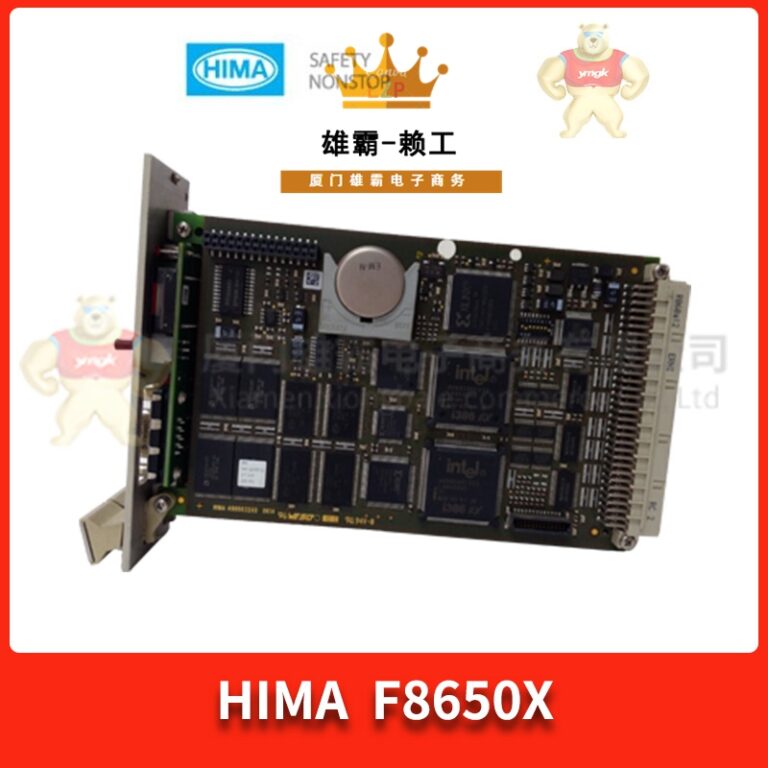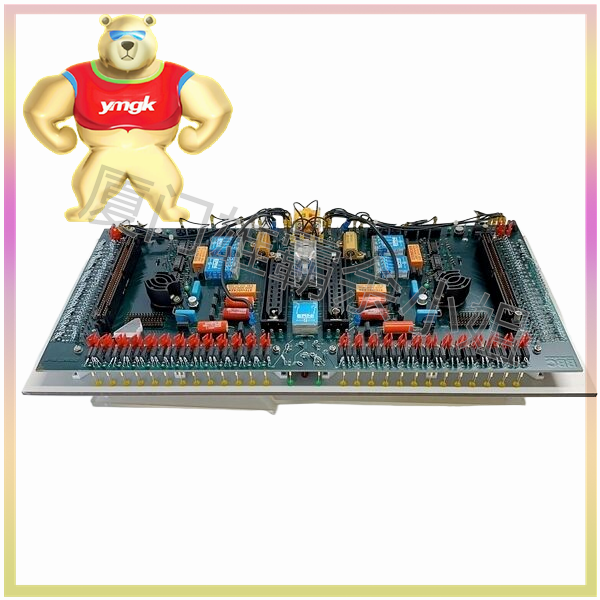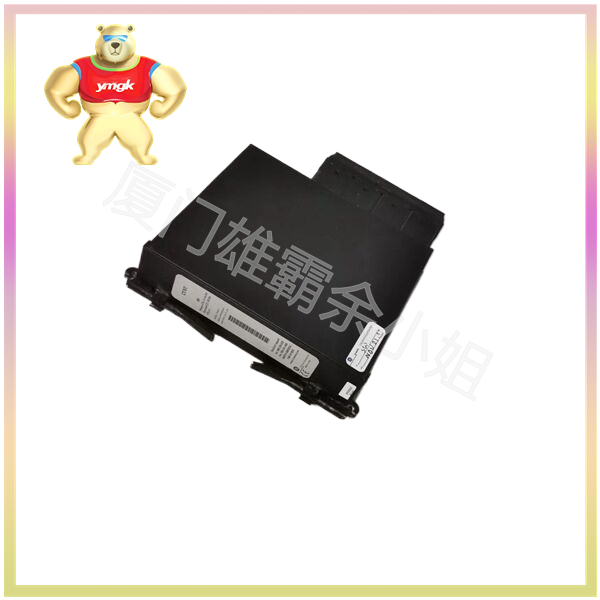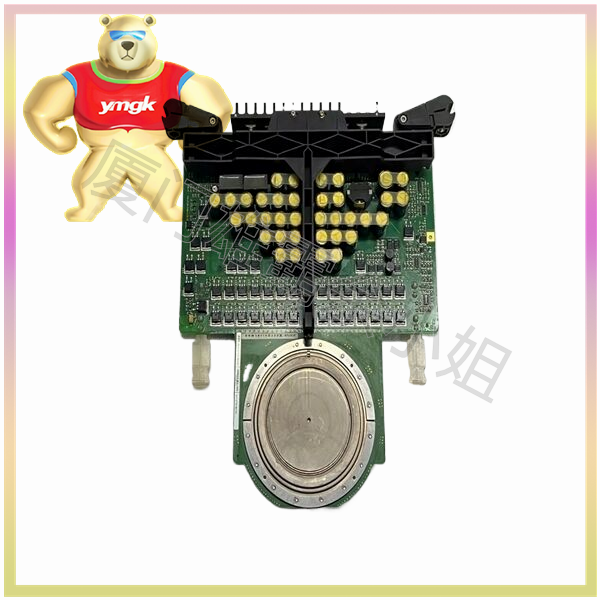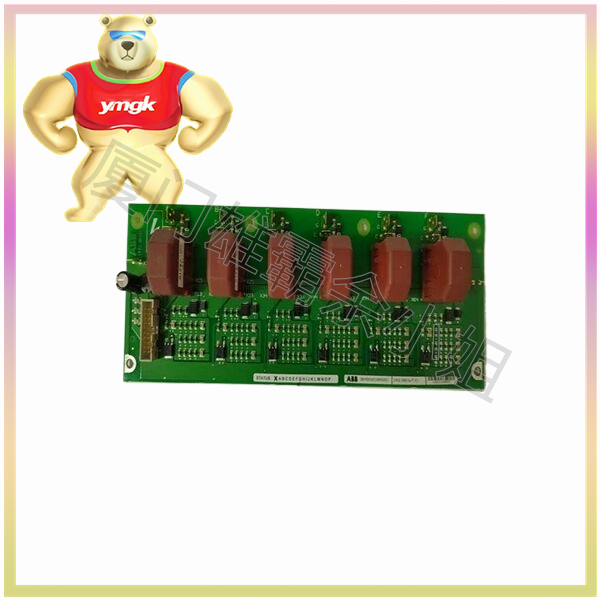A servo driver is a controller used to control servo motors. Its main function is to convert instructions issued by the upper computer into signals that the servo motor can recognize, thereby achieving precise control of the servo motor. The main functions of servo drives are as follows:
- Implement position control: The servo driver can control the speed and direction of the servo motor according to the instructions issued by the upper computer, thereby achieving position control of the servo motor. This position control method has high accuracy and response speed, and is widely used in various automation equipment.
- Implement speed control: The servo driver can control the speed of the servo motor according to the instructions issued by the upper computer, thereby achieving speed control of the servo motor. This speed control method can achieve smooth start, stop, and speed regulation of servo motors, and is widely used in various devices that require speed regulation.
- Implement torque control: The servo driver can control the output torque of the servo motor according to the instructions issued by the upper computer, thereby achieving torque control of the servo motor. This torque control method can achieve torque compensation and overload protection for servo motors, and is widely used in various devices that require torque control.
- Implement mixed control of position/speed/torque: The servo driver can control the position, speed, and torque of the servo motor simultaneously according to the instructions issued by the upper computer, thereby achieving mixed control of the position/speed/torque of the servo motor. This hybrid control method can achieve complex motion control of servo motors and is widely used in various devices that require complex motion control.
2、 The principle of servo drive
The working principle of servo drives mainly includes the following parts: signal processing, PID regulation, current control, and drive output.
- Signal processing: The servo driver first processes the received upper computer instructions, including decoding, filtering, sampling, and other operations, to convert the upper computer instructions into signals suitable for servo motor control.
- PID regulation: The servo driver adjusts the control parameters of the servo motor through a PID (proportional integral derivative) regulator based on the processed signal. The PID controller calculates the corresponding control quantity based on the magnitude and trend of the error signal, thereby achieving precise control of the servo motor.
- Current control: The servo driver controls the current of the servo motor through a current controller based on the output of the PID regulator. The current controller adjusts the current magnitude and direction of the servo motor based on the output of the PID regulator, thereby achieving precise control of the servo motor.
- Drive output: The servo driver converts the output signal of the current controller into a drive signal, and drives the servo motor to work through the drive circuit. The driving circuit includes components such as power amplifiers and pulse generators, which can achieve efficient driving of servo motors.
3、 Application Fields of Servo Drivers
Due to its high precision, high response speed, and high reliability, servo drives have been widely used in various fields. The following are some of the main application areas of servo drives:
- Robots: Robots are an important application area of servo drives. In the motion control system of robots, servo drives can achieve precise control of robot joints, thereby realizing complex robot movements.
- CNC machine tools: CNC machine tools are another important application field of servo drives. In the motion control system of CNC machine tools, servo drives can achieve precise control of machine tools, thereby improving machining accuracy and efficiency.
- Printing equipment: In printing equipment, servo drives can achieve precise control of the printing drum, thereby improving printing quality and efficiency.
- Medical equipment: In medical equipment, servo drives can achieve precise control of the moving parts of the medical equipment, thereby improving the performance and safety of the medical equipment.
- Aerospace: In the aerospace field, servo drives can achieve precise control of the attitude and trajectory of aircraft, thereby improving the performance and safety of the aircraft.
In short, as one of the core components of automation equipment, servo drives play an important role and principle in understanding the working principle of automation equipment. With the continuous development of technology, servo drives will play an important role in more fields and make greater contributions to the development of human society.

